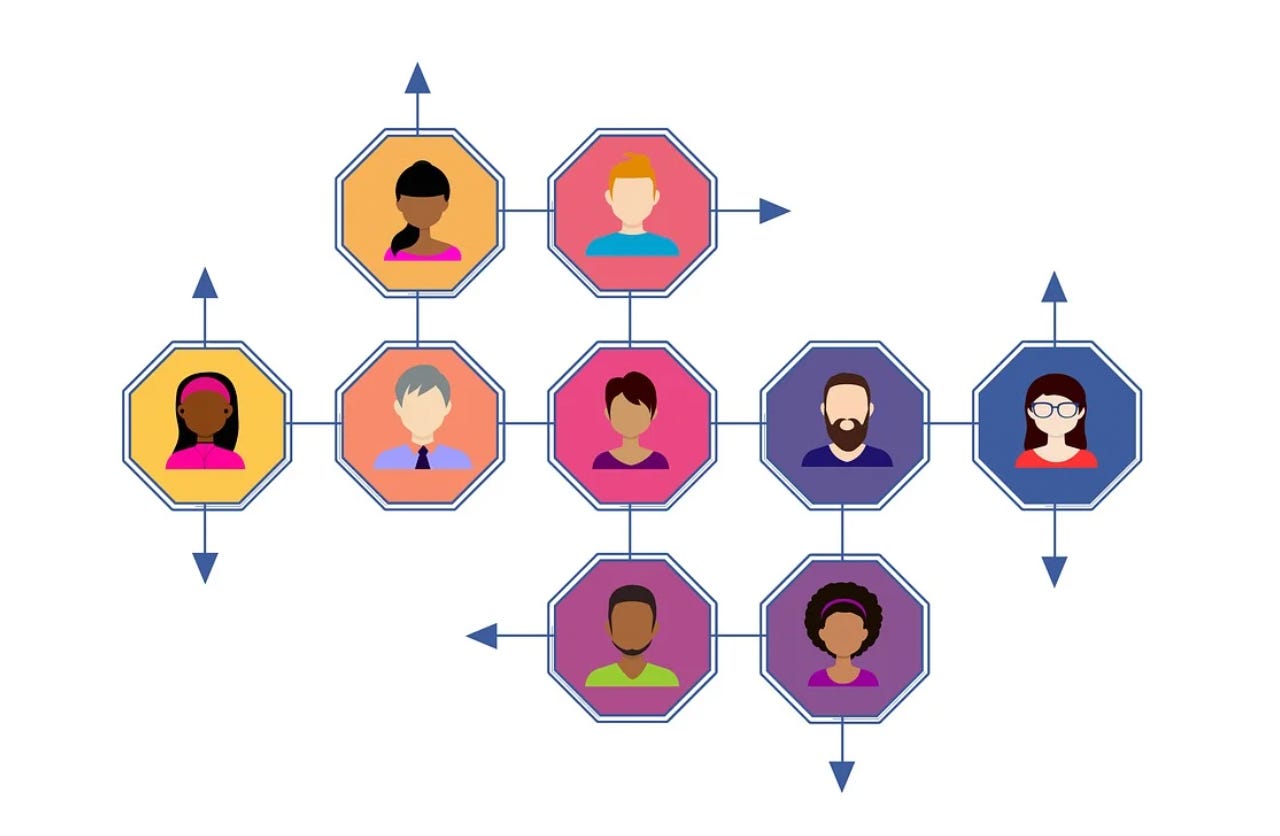Measuring User Quality: A Practical Guide
Optimising User Engagement and Conversions Through User Quality Segmentation
In today's digital age, the online space is incredibly diverse, hosting a multitude of user cohorts, each displaying unique patterns of behaviour. It's no longer sufficient to merely count the number of users. It's about gauging the value and relevance of each user to your goals. By recognising the variations in user behaviour among different groups, businesses and platforms gain the power to fine-tune their strategies. This nuanced understanding allows for the creation of tailored experiences, personalised offers, and relevant user journeys. This ensures that each user feels seen and valued.
Why Quality-Based User Segmentation Is Essential?
Segmenting users based on their quality offers numerous strategic advantages. One key benefit lies in crafting precise user targeting. By discerning the quality of users, you can categorise them into distinct segments, such as high-quality, mid-range, or low-quality users. Each of these segments can then be approached with tailored strategies.
For high-quality users, you can design loyalty programs that provide exclusive benefits, nurturing a sense of belonging and engagement.
Mid-range users might receive targeted offers that match their preferences, incentivising them to remain active and engaged.
Low-quality users, on the other hand, may benefit from re-engagement efforts to improve their experience and potentially transform them into higher-quality users.
In essence, quality-based segmentation forms the foundation for strategies that optimise user engagement, foster loyalty, and drive business growth.
The User Quality Score: How We Calculate It
Defining the quality of users begins with identifying and measuring their engagement with your platform. This typically involves pinpointing specific, high-value actions (HVAs) that are vital to your business goals. HVAs are actions like "add to cart" or any other significant interaction that drives value. By monitoring both frequency and the variety of HVAs a user engages in, we can assess their quality.
Calculating the quality score often involves taking a weighted average of the number of times a user performs these HVAs. This weighted average considers the significance of each action; for example, "checkout" might be given more weight than a "product view" because it represents a closer step to conversion.
Assigning Weights to High-Value Actions
Defining the weights for high-value actions (HVAs) involves a systematic process. We begin by determining a "conversion event," which is the specific action that signifies a user's successful journey or achievement of a significant goal on our platform.
To assign weights to HVAs, we analyze a set of new users and track how many of them perform a particular HVA before reaching the conversion event. The weight for an HVA is calculated by taking the ratio of users who performed that action before conversion to the total number of users who successfully converted.
For example, let's say 100 new users successfully converted. Among them, 60 users engaged in a "search" action before converting. This results in a weight of 0.6 for the "search" action. In contrast, only 30 users visited the "product description" section before conversion, resulting in a weight of 0.3 for this action. This process allows us to assign weights based on the influence of each HVA on user conversions.
Calculating the Final User Quality Score
To determine the final user quality score, we employ a straightforward yet effective method. We start by calculating the sum product of the weight assigned to each high-value action (HVA) and the number of times those HVAs are performed by a user. This gives us a raw score that reflects a user's overall engagement and the significance of their actions.
To account for the frequency of these actions, we implement a normalization process. Instead of relying on absolute numbers, we use percentile distribution among new users who engage in these HVAs before converting. For instance, if 20% of users perform less than 4 searches before converting, then the normalized value for 4 searches would be 0.2. This normalisation ensures that user quality scores are relative and not skewed by extreme values, allowing for a more balanced and accurate assessment.
Utilising Quality Score Buckets for Personalisation and Targeting
These quality scores can then be segmented into various buckets or categories. Each bucket represents a range of quality scores, allowing us to group users with similar levels of engagement and actions. These score buckets become invaluable for personalisation and targeting strategies.
Users falling into the same score bucket can receive tailored content, offers, and messages that suit their specific engagement and preferences. This personalisation enhances the user experience, boosts engagement, and increases the likelihood of achieving desired outcomes. It also streamlines marketing efforts by ensuring that promotions and messages are sent to users who are most likely to respond positively. Overall, these quality score buckets serve as a powerful tool for optimising user interactions and achieving business goals.


